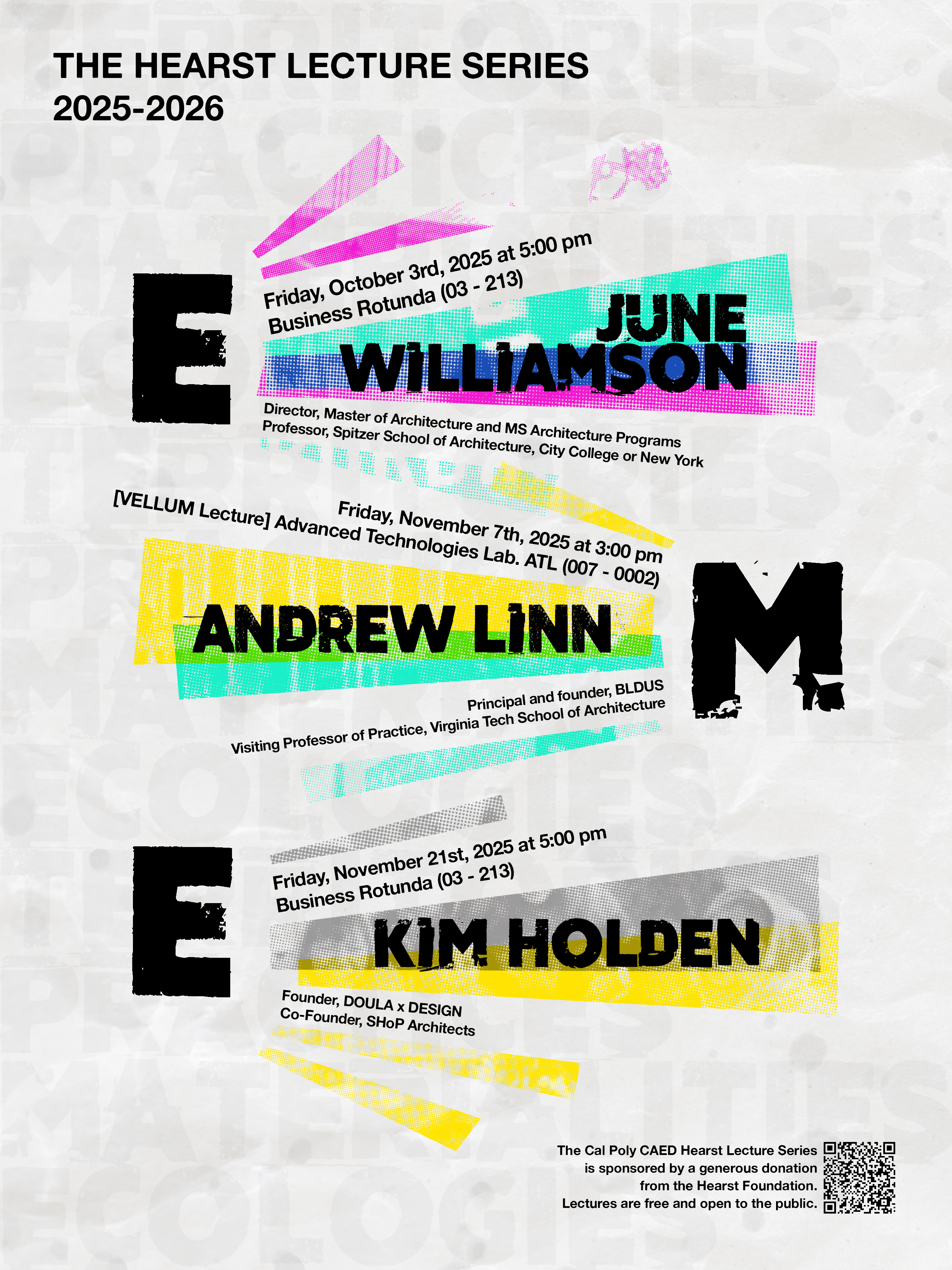ARCH Alum Sponsors CRP Studio and Downtown Monterey Revision Plan
by Caroline Roistacher
This past spring, city and regional planning (CRP) students had the opportunity to enroll in a studio course where they formulated ideas for the downtown area of Monterey, CA. 30 students came up with urban design visions and later traveled to Monterey to visit the site. There, the students met with City and Planning Commission members, business owners and city planners. The meeting between stakeholders allowed the CRP students and faculty to gain insight into the community’s concerns, goals and strengths.
Wallace Gordon, an architecture alum, introduced the project to the CRP Department. As a native of Monterey, Gordon chose to fund and help facilitate this project, donating $25,000 to provide students with the necessary resources. Since Gordon grew up in Monterey, he provided extensive knowledge to the students completing the project by helping explain the historical situation and overall idea.

Wallace Gordon giving a fun and insightful tour of Monterey to CRP students
Students drove up to Monterey in a charter bus and stayed overnight in a hotel. They walked around Monterey and got to know the area, then later met with the City Council to discuss their plan. The trip was made possible due to Gordon’s generous donation.
Since students spent the night in Monterey, they had more time to work on the project in person.
“They didn’t have to do it in one day,” CRP Department Head Amir Hajrasouliha said. “Students could visit Monterey, but also the surrounding areas, to have a better understanding of the context, and then spend a day visiting downtown and talking to the business owners.”

Left: CRP students during their site visit in Monterey
Right: City staff inform CRP students about downtown Monterey's challenges and opportunities
Students experience a wide range of benefits from participating in studio courses. They learn to deal with the essential and critical challenges of urban design planning and consider factors such as housing availability, transportation, tourism, safety, rising sea levels, and more.
“I think some of the most fruitful experiences I have were how we interacted off-campus in conjunction with how we were educated on-campus,” Gordon said. “Getting off-campus and seeing and working in the real world is essentially the essence of Cal Poly: Learn by Doing.”
For now-senior CRP student Leslie Rivera, being part of the Monterey studio project gave her first-hand experience working with a real-world client. She thought the project was valuable because it helped her learn how a project starts, how to develop a project, and how to work with people who have stakes in the project, both financially and within the needs of their community.
Another value is that students get the chance to work with real stakeholders. They met with business owners, planning commissioners and staff for the city to see this project come to life.
“Working with a real client and with people having stakes in this project was good experience to learn how to start and develop a project,” Rivera said.
This type of work from Cal Poly students benefits them and the communities involved.
"The community appreciated working with an emerging generation of planners to discover their perspectives on urban spaces. The City Planning Commission is interested in having students return and discuss implementation options," said Kimberly Cole, community development director at the City of Monterey.
Although the course occurred in the spring, the project continued into the summer. With the funds received from Gordon, three students could continue working on the project to revise and edit the plan. Rivera was among the three students who continued working on the project.

CRP students' plan for part of downtown Monterey
“It’s been a unique opportunity and a really good experience being able to have this project fully funded,” Rivera said.
Gordon believes community-based studio projects are an incredible asset to students and communities and would benefit from ongoing sponsorship or donations.
“I think the investment in it, from whoever wishes to invest, is a spectacular dividends, both to the school and the community. I would highly, highly encourage people to sustain this and get it to grow,” he said.
Gordon believes it is important to give back and help students start their journeys and learn about being a part of the built environment and all the different aspects it takes to come together.
“It’s truly a great benefit and joy for somebody who spent their life in design and improving the environment. For me, it’s part of continuing the joy of being an architect,” he said.
To support students and help them participate in enriching community-based studios such as this one, please consider donating by clicking Give Now.



